11 NASA Discoveries That Have Saved a Lot of Time and Human Efforts
You might not know, but most of your products are discovered by NASA. This space agency has made our life better in several ways.
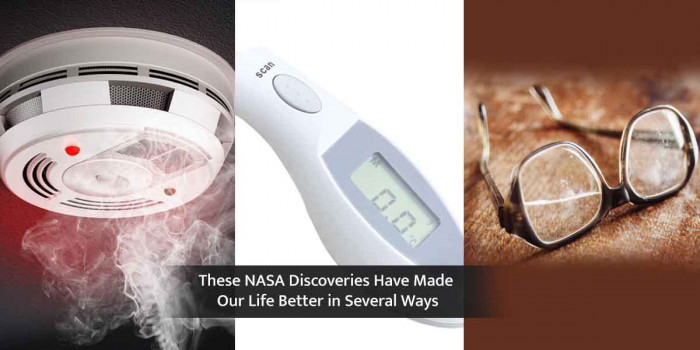
Every now & then, several technologies are launched. While some discoveries and inventions help in making the world a better place, others fail miserably. When it comes to discoveries, NASA is one name that could be read on the internet, books, and everywhere.
NASA astronauts wearing white space suits dig information about space and share hidden information. But do you know NASA astronauts also wear colorful suits? NASA works with a cancer center that is situated at the University of Texas. You would be amazed to know that cancer patients paint their spacesuits.
On October 1, 1958, NASA became operational. From the first day, the space agency aimed to expand human knowledge about space and to achieve the best possible achievements. Let us see a few coolest NASA discoveries that would blow your mind.
1. Scratch Resistant Lens
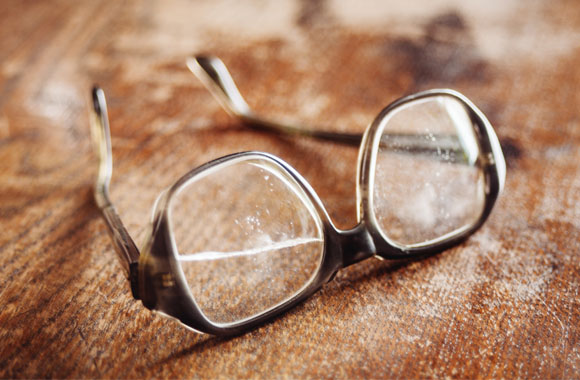
Today, you wear sunglasses resistant to scratches. These glasses have an anti-scratch coating that prevents minor scratches that could damage the lens. But have you ever wondered where this idea has come from?
Earlier, NASA needed a special coating to keep their equipment safe from dust that is found in the space environment. So, they came up with this brilliant idea of plastic coating.
Also, this coating makes the lens durable. It does not affect vision. Plastic is also cheaper and better than glass and absorbs ultraviolet radiation more effectively. If you wear scratch-resistant lenses, then you should thank NASA for creating this.
2. Infrared Ear Thermometers
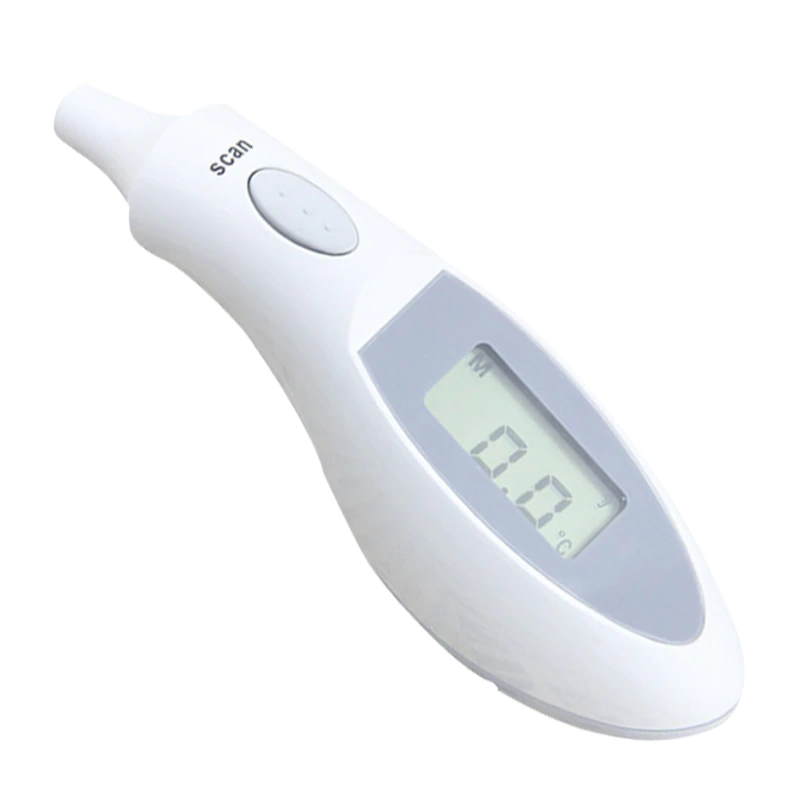
Do you know you could measure the temperature of stars? NASA uses infrared technology to measure the star's temperature. Later, this technology turned into an ear thermometer and captured body temperature using infrared sensors. These sensors calculate the amount of energy given by eardrum.
Body temperature is checked in clinical settings with infrared ear thermometers. It measures the energy that is emitted from the patient’s eardrum in a period. The device makes a sound when data is completed and shows the temperature on a liquid crystal display. NASA has saved you from the tension of a normal mercury thermometer, which is difficult to understand.
3. Smoke Detector
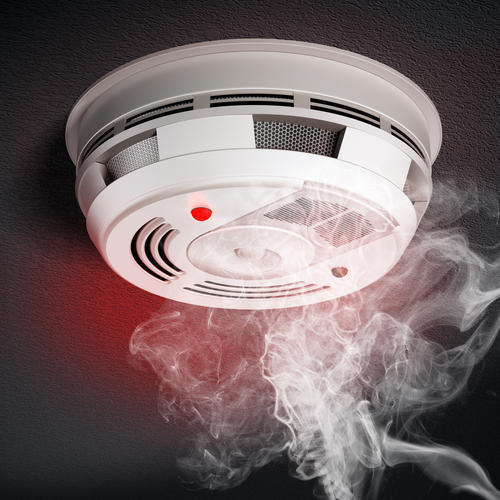
A smoke detector indicates fire. It senses smoke and sends a signal to a fire alarm control panel as a part of the alarm system. Today, smoke detectors could be found in industries, commercial, and residences and range from single battery-powered units to several powered units with battery backup.
NASA invented the first smoke detecting device to let astronauts know if there are any noxious gases loose in Skylab. What’s interesting is, the risk of dying in a home reduces to half with working smoke alarms. According to the US National Fire Association, only 0.55 deaths have been reported per 100 fires.
4. Artificial Limbs
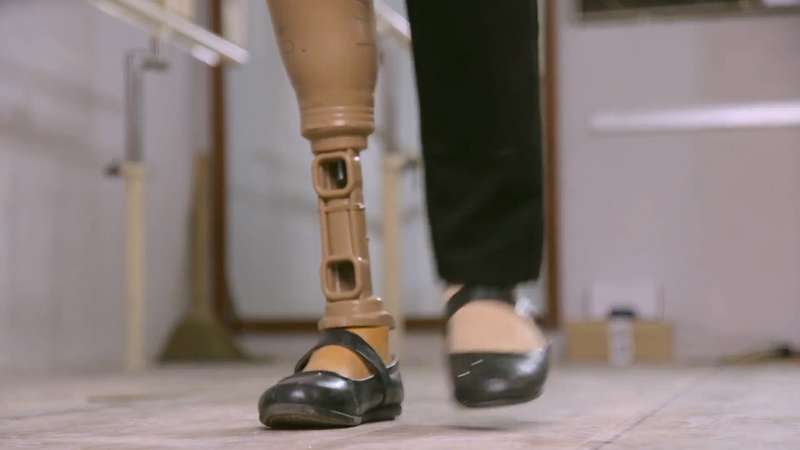
A prosthesis or prosthetic implant is an artificial device that replaces a missing body part. Prostheses are usually done through Computer-Aided Design (CAD). It is a software interface that analyzes the creation and optimization tools. Artificial limbs are the result of the use of artificial muscle systems that are used by NASA for space robots and extravehicular activities.
The chances are you might meet a person with the artificial limbs without even knowing it. The artificial limbs look so impressive and convincing that you can’t guess it is not real. Do you know people with artificial limbs could swim, climb stairs, and could do everything? This NASA discovery has changed the lives of people who lost their body parts in accidents.
5. Cordless Tools
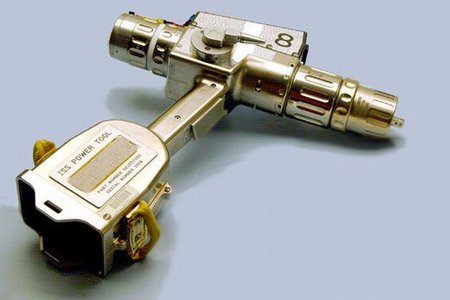
Today, people who use cordless tools find this invention a great idea for traveling. NASA didn’t invent any of the cordless tools, but it partnered with Black and Decker and invented a battery-operated motor bill.
Before landing on the moon, NASA needed tools and equipment that astronauts could use to get soil and rock samples. They wanted lightweight and powerful tools that could drill the moon's surface. It joined with Black and Decker, who was working on cordless technology.
They teamed up and designed cordless rotary hammer drills. This tool extracted rock samples from the moon. Later on, other tools like a cordless vacuum and shrub trimmer were invented.
6. Memory Foam
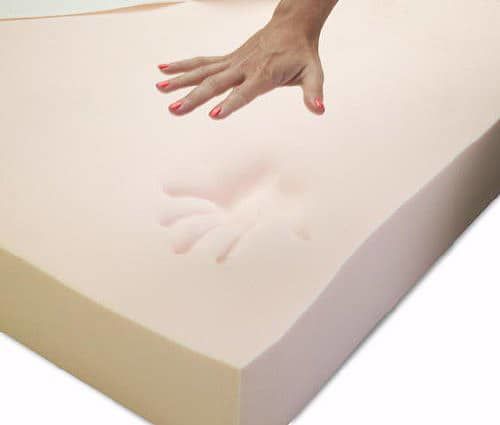
Memory foam, or better known as the viscoelastic foam, is helping the medical industry in several ways. It is combined with materials that regulate the human body temperature. It was invented by NASA for the safety of astronauts during launch. It is made from polyurethane and is commonly found in car seats and sofas.
It is extremely durable and provides excellent pressure relief. Memory foam is also known as slow spring back foam and also relieves pain. NASA invented memory foam to reduce the impact of aircraft during landing.
Another benefit of using memory foam is for people who are allergic. It reduces the allergies that can build up through dust and other mediums. Memory foam is providing a comfortable sleep for people as it supports the alignment of your body.
7. Powdered Lubricants
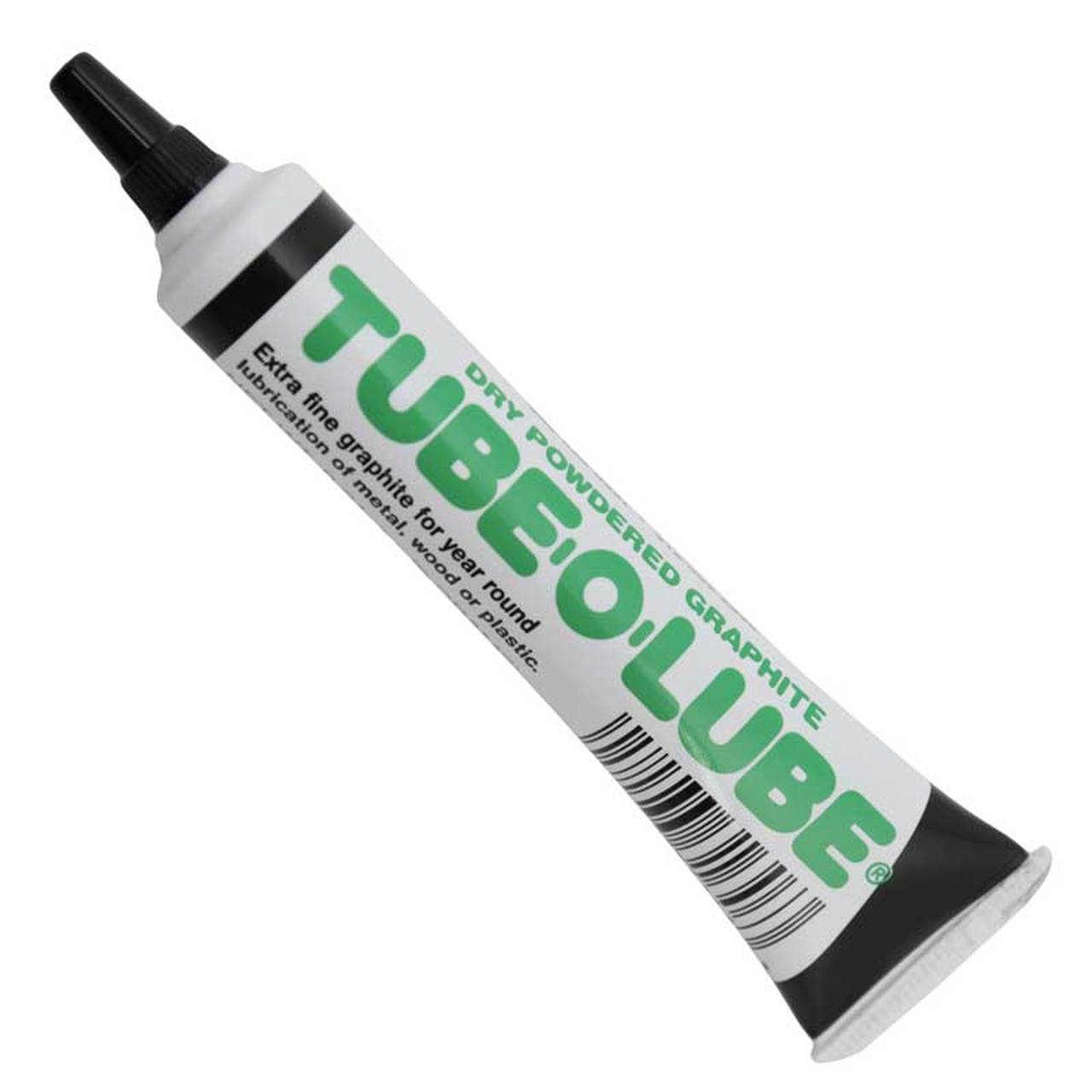
Powdered lubricants reduce friction and emissions. It is widely used for industrial applications such as compressors, refrigeration, and electrical turbogenerators.
A dry lubricant, developed for Mariner missions back in the 1960s and 70s, is still a great lubricant for modern spacecraft. Dry lubricant reduces friction between two surfaces without the need for any liquid medium.
Robert Nelson of Stanford University came up with this idea to utilize tungsten disulfide as a dry lubricant. Later, this technique found several applications in aerospace and other mechanisms.
8. Light Emitting Diodes
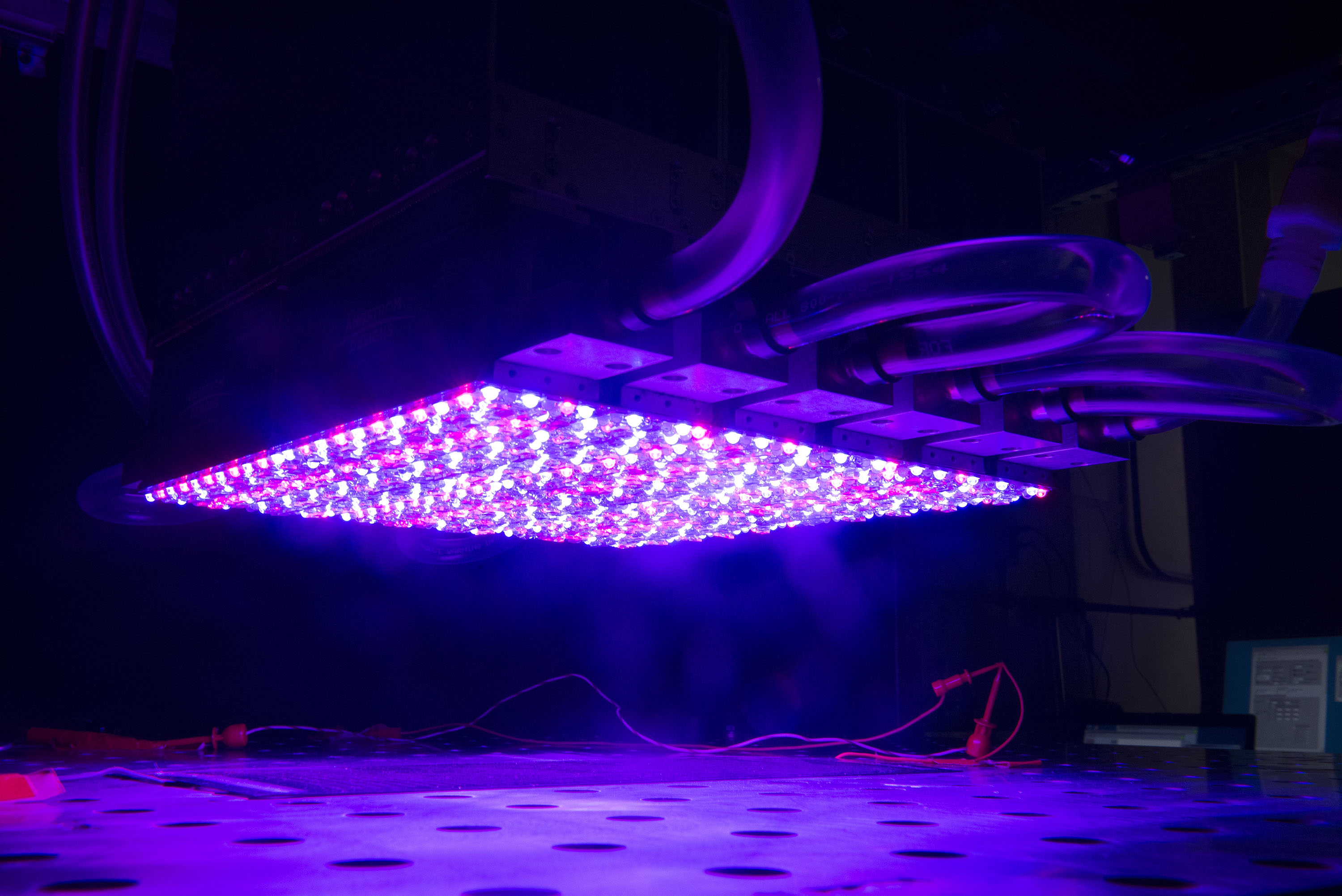
Light Emitting Diodes are developed for NASA's space shuttles. It is a semiconductor light source that works when current flows through it. Earlier, LEDs were used as indicator lamps and replaced small incandescent bulbs.
Recent innovations have produced white light LEDs, making it suitable for outdoor areas. It offers several advantages like a longer lifetime, faster switching, and improved robustness.
Today LEDs are used in lighted wallpaper, traffic signals, automotive headlamps, and more. Do you know LEDs could be used to grow plants in space? NASA would investigate further if LEDs could work for photobiomodulation therapy.
9. Fire Fighting Equipment
Have you ever thought about what happens when fire breakout in a spacecraft? This could cause a great loss to NASA. Also, the astronauts would fight fire in different ways. NASA has developed polymer textiles for use in vehicles and spacesuits.
NASA, which sends us the picture of Martian landscapes and distant nebulae, also helps the firefighters in protecting our lives. The National Bureau of Fire Standards and NASA built a lightweight breathing system of the mask and air bottle using an aluminum composite material for the use of rocket casings.
Also, in the 1950s, Dr. Carl Marvel developed an artificial fabric polybenzimidazole (PBI) for the US Air force. It is capable of remaining stable in cold and warm conditions. The breathing apparatus that NASA developed is now used for protection from smoke inhalation injury.
10. Ventricular Assist Device (VAD)
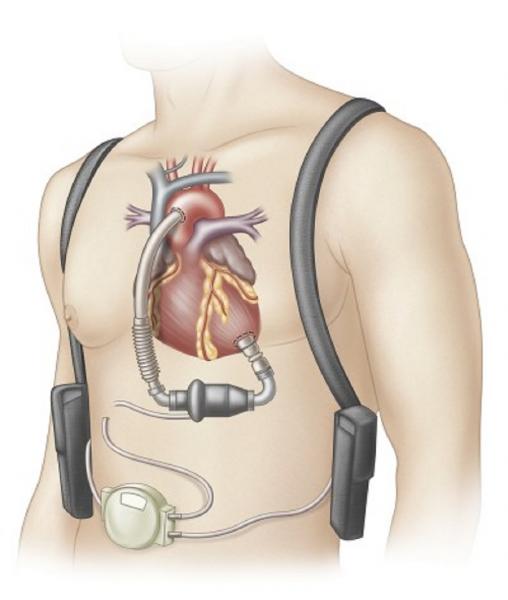
This is one of the best NASA’s discoveries till now. It is an electromechanical device that completely replaces the function of a failing heart. NASA collaborated with Dr. Michael DeBakey, MicroMEd technology, and Dr. George Noon and invented heart pumps for patients waiting for the heart transplant.
The device pumps blood to the patient until the donor is available. A VAD could support your heart during or after surgery or when anyone is not eligible for a heart transplant.
11. Long-Distance Telecommunications
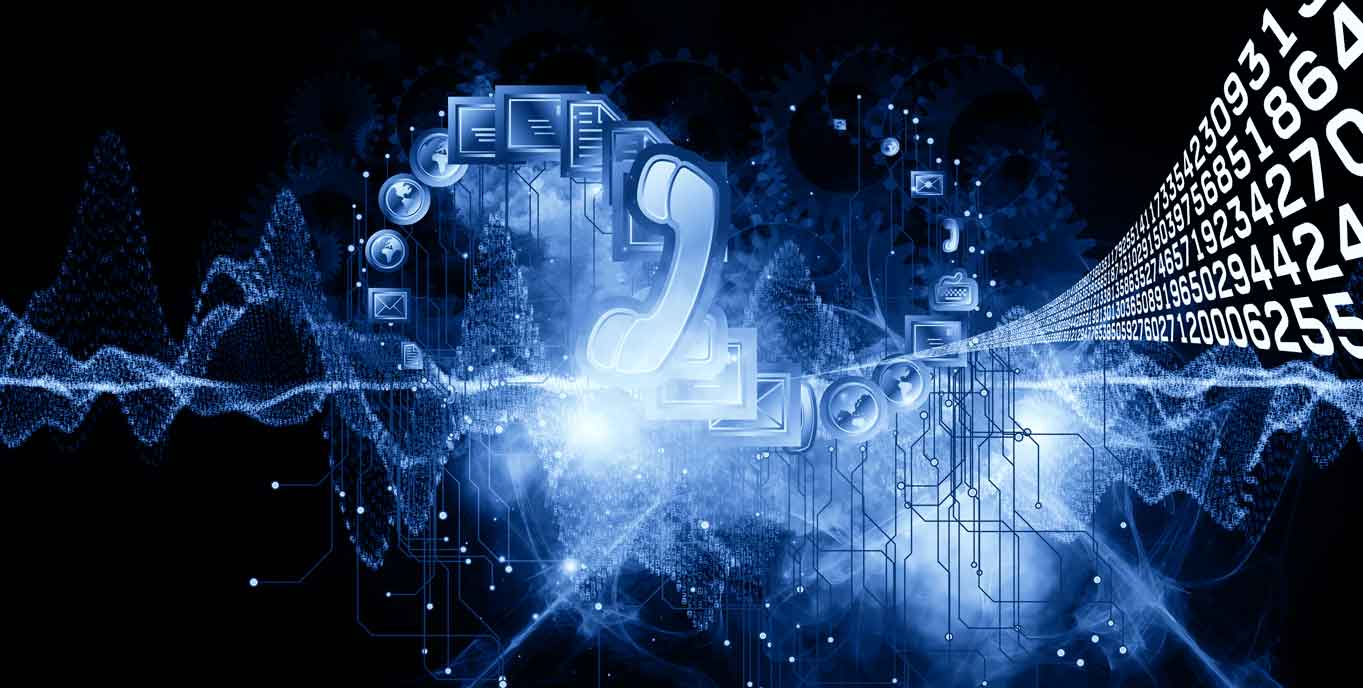
NASA used this telecommunication method for spying and to research about the developments. You would be amazed to know that over 200 satellites orbit the earth every day. Long Distance communication has made it possible to connect with people wherever they are at any moment.
Telecommunication here is the exchange of messages, signals, sounds, and other information through radio, wire, or any electromagnetic systems. It occurs when there is an exchange of data between participants with the technology.
Earlier, means of communication included visual signals, semaphore telegraphs, and optical heliographs. The technologies used in the 21st century for long-distance telecommunication include electromagnetic technologies like telegraph, microwave transmission, and communication satellites.
Final Words
Can you imagine living your life without these discoveries? These NASA discoveries have reduced a lot of human efforts and have also helped in enhancing the world’s future.
Have you ever heard about these NASA discoveries? Do you know other coolest discoveries that made a strong impact on the world and changed our lives? If so, then share them here.Popular Posts
What Is Trypophobia – A Disgust More Than Fear
"I can't really face small, irregularly or asymmetrically placed holes, they make me like, throw up in my mouth, cry a little bi...
Chandan Roy
16 Interesting Facts About Ambidextrous People
A lefty or left-handed uses his left hand more naturally and dominantly than the right hand. And the righty or right-handed is o...
Ethan Stephans
20 Interesting Facts About Meteoroid, Meteor and Meteorite
Watching celestial objects is a true delight. It is still fun to catch a sight of shooting stars when we grow up. A second of th...
Swati Bhandari








